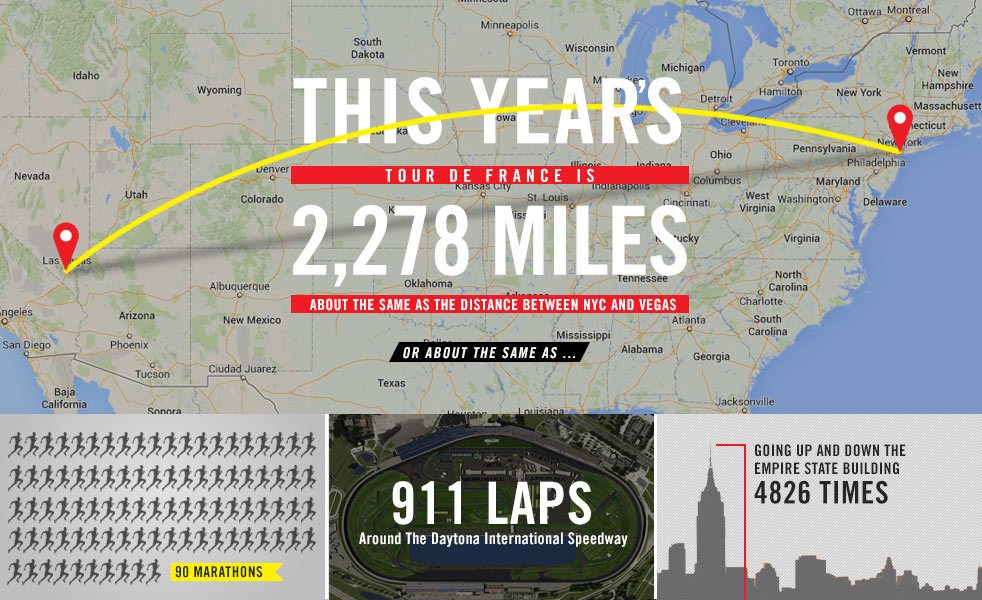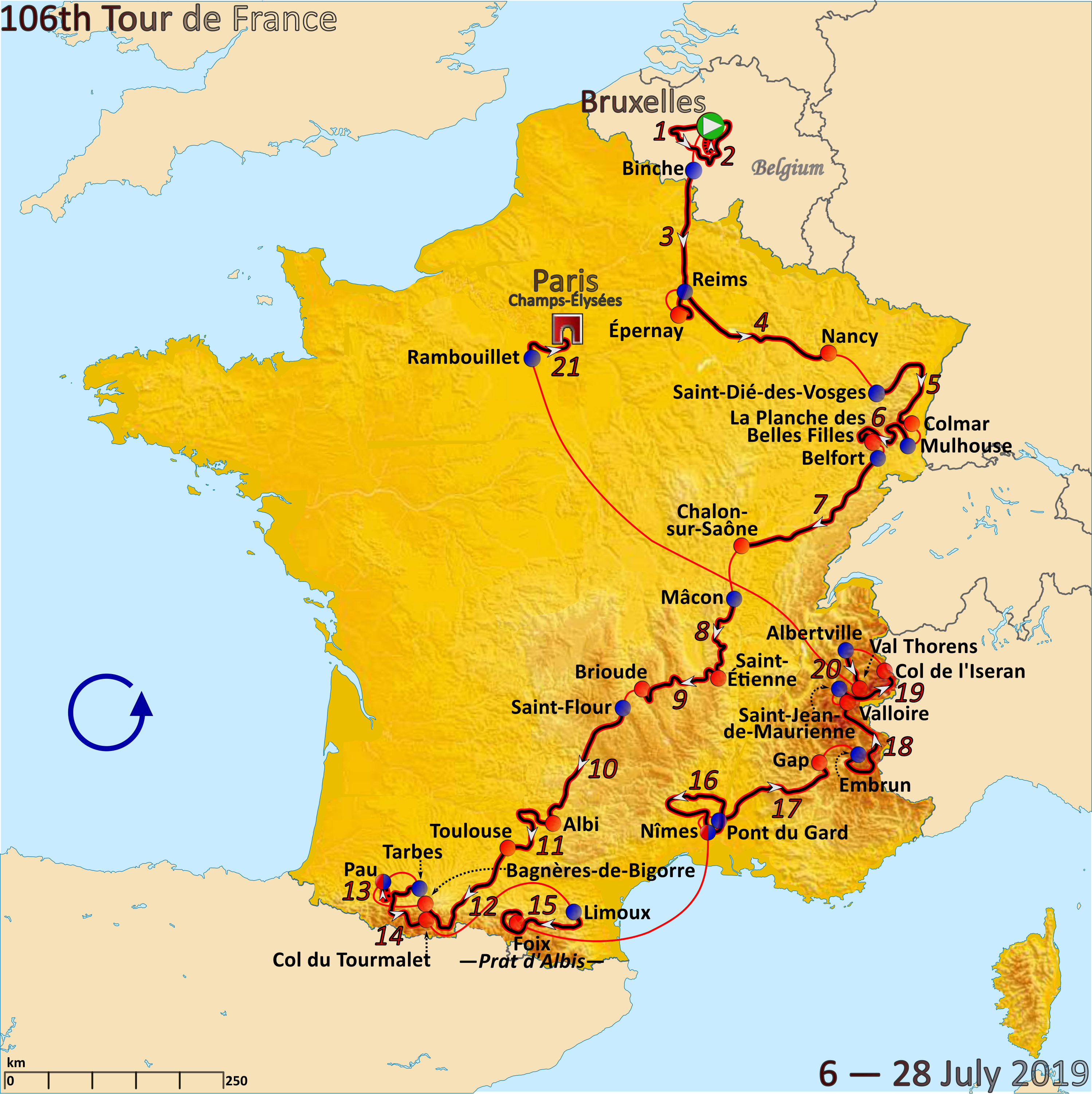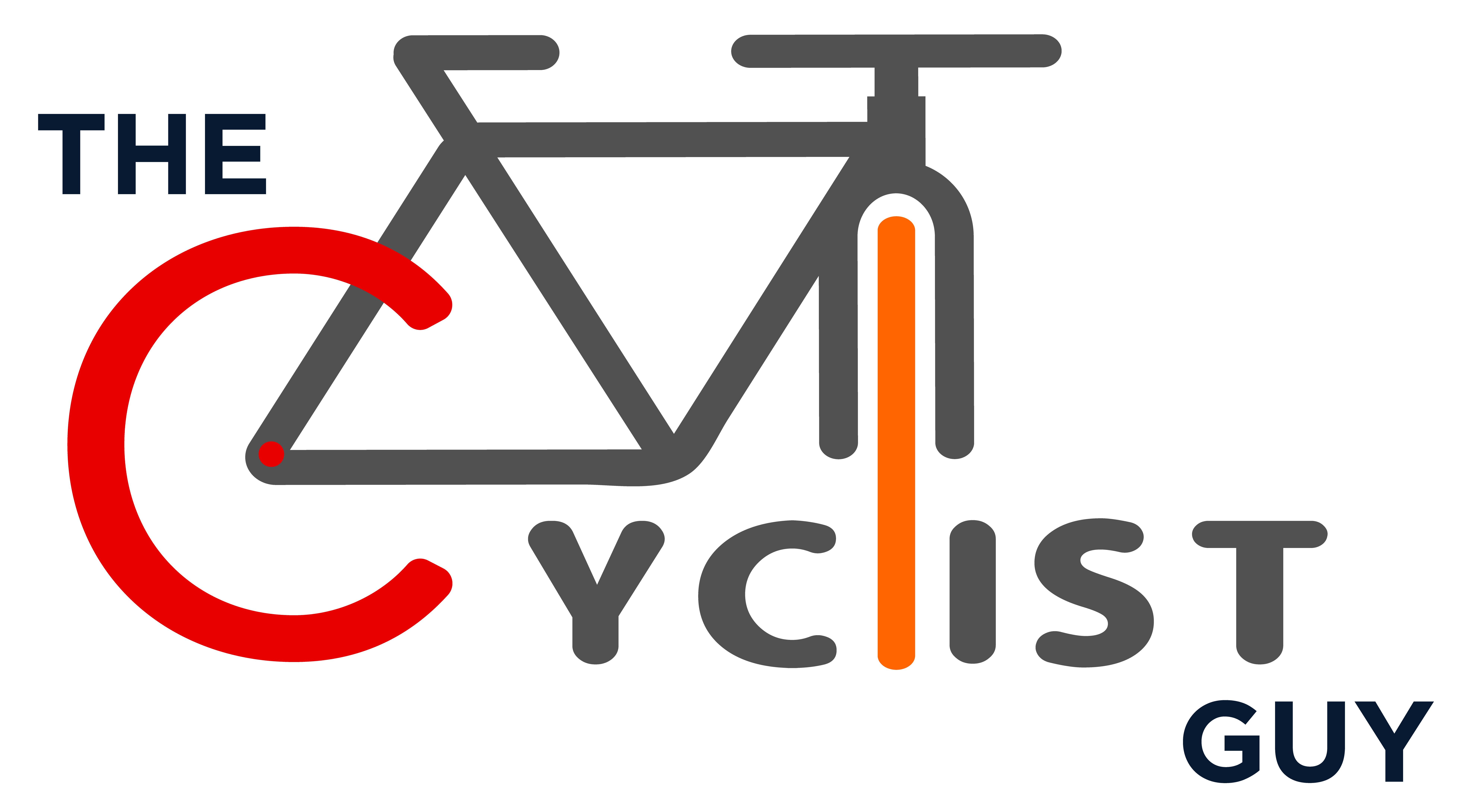Riders in the Tour de France average about 99 miles (160 kilometers) per day. The exact distance varies with each stage and edition of the race.
The Tour de France stands as the pinnacle of endurance cycling, a grueling three-week contest that pushes athletes to their limits.
Each year, the race covers approximately 2,200 miles (3,500 kilometers) across varied terrain, with individual stages ranging from flat sprints to punishing mountain climbs.
This prestigious event not only tests physical stamina but also strategic acumen, as teams navigate the challenges of weather, terrain, and competition.
The daily mileage can be daunting, but the determination and passion of the cyclists transform this race into a showcase of extraordinary human performance and resilience. Fans from around the world tune in or line the routes to witness this storied contest of speed, strength, and spirit.
Tour De France: An Introduction
The Tour de France stands as a symbol of endurance and skill.
It challenges cyclists with extreme distances each day.
History In Brief
The race began over a century ago.
In 1903, Henri Desgrange created this iconic event.
It has evolved from a rough-and-ready competition to a global phenomenon.
The Significance Of The Race
The Tour de France tests a rider’s limits.
It is not just a race but a battle of strategy, resilience, and speed.
Victory in the Tour cements a cyclist’s legacy.

Credit: www.wyso.org
The Route: More Than Just Distance
The Tour de France is not just about the miles riders cover. It’s a test of endurance, strategy, and willpower. The route is a blend of distance and physical challenges. It pushes cyclists to their limits. Each stage brings new terrain and iconic climbs. These elements define the race as much as the total distance.
Diverse Terrain Challenges
Riders face varied terrains in the Tour de France. These terrains test their skills and stamina. Mountains, flat stretches, and time trials make up the course. Every day, the cyclists adapt to different conditions. This keeps the race exciting and unpredictable.
- Flat stages for sprinters
- Mountainous stages for climbers
- Time trials for all-rounders
Iconic Stages And Climbs
The Tour de France features legendary stages. Each has a story. The mountain climbs are where champions emerge. Alpe d’Huez and Mont Ventoux are among these epic challenges.
| Stage | Feature |
|---|---|
| Alpe d’Huez | 21 hairpin bends |
| Mont Ventoux | Winds and steep climbs |
Daily Grind: Miles Covered
The Tour de France pushes cyclists to their limits. Riders face a daily marathon of pedaling. Each stage offers unique challenges and distances. This section dives into the daily mileage.
Average Miles Per Day
Riders average around 100 miles daily. This varies with stage type. Flat stages are longer. Mountain stages are shorter but tougher. Time trials are unique in distance. A table below shows average miles.
| Stage Type | Average Miles |
|---|---|
| Flat | 140 |
| Mountain | 80 |
| Time Trial | 30 |
Variances In Daily Distances
Stages differ greatly. Some days riders face 150 miles. Others, just 50. Weather, altitude, and route affect daily miles. Riders must adapt quickly.
An unordered list below highlights these variances.
- Weather: Rain or heat can shorten stages.
- Altitude: High climbs reduce distance.
- Route: Technical routes might lessen miles.
Stamina Secrets Of The Peloton
The Stamina Secrets of the Peloton reveal how cyclists endure the grueling Tour de France. Competitors cycle an average of 100 miles per day for 21 days. The secrets lie within their training and recovery strategies.
Training Regimens
Professional cyclists spend months preparing for the Tour. Their routines include:
- Long-distance rides to build endurance
- Interval training for speed and power
- Strength workouts to support riding posture
- Rest days for muscle recovery
Each cyclist’s program is tailored to their role in the team. Climbers focus on steep ascents, while sprinters hone their explosive speed.
Nutrition And Recovery
Riders fuel their bodies with carefully planned diets. They consume:
| Meal | Components |
|---|---|
| Breakfast | Carbs, proteins, vitamins |
| Lunch | Energy-dense foods |
| Dinner | Nutrients for muscle repair |
Hydration is key with water and electrolyte drinks. Post-race, cyclists focus on recovery. They use:
- Massage and physiotherapy
- Compression garments
- Sleep and relaxation techniques
These practices help riders stay strong throughout the Tour.
Equipment Edge: Tech That Keeps Them Going
Riders in the Tour De France cover many miles each day. They rely on advanced equipment. This gear helps them perform their best. Let’s explore the tech that gives them the edge.
Bike Innovations
Lightweight frames and aerodynamic shapes define modern race bikes. These bikes also feature high-tech materials, like carbon fiber. Electronic gear shifting offers precision. Riders gain speed with less effort.
- Carbon fiber frames for lightness and strength
- Electronic shifters for quick, reliable gear changes
- Aerodynamic designs to reduce drag
Wearable Tech For Performance
Wearable tech tracks riders’ performance. It gives them live feedback. This helps them stay at their peak.
| Device | Function |
|---|---|
| Heart Rate Monitors | Track heart rate for endurance management |
| GPS Computers | Provide real-time data on speed and distance |
| Power Meters | Measure effort and output for pacing |
Mental Grit: The Psychological Battle
The Tour de France is not just a physical challenge. Riders must also face a psychological battle every day. Mental toughness can make the difference between victory and defeat. This aspect is often overlooked, but it is critical. Riders push through extreme miles per day, and mental strength is key.
Coping With Pressure
Competitors in the Tour de France deal with immense pressure. They must remain calm. Fans expect much from these athletes. The media spotlight is intense. Riders use various strategies to handle this stress. Some meditate, while others focus on music or family support. Strong mental preparation is vital. It helps riders maintain their edge throughout the grueling race.
Staying Focused Through The Stages
Focus is crucial across all stages of the Tour. Riders tackle different terrains and weather each day. Distractions are everywhere. They must concentrate on the present. Strategies include setting short-term goals and visualizing success. Team support also plays a role. This helps keep the rider’s mind sharp. A focused mind is as important as strong legs in this race.
Legends Of The Tour
The Tour de France stands as the pinnacle of cycling achievements.
The race spans over three grueling weeks, with cyclists covering roughly 2,200 miles.
It’s a stage where legends are made and stories of sheer willpower and endurance unfold.
Each year, the event writes new chapters in the history of cycling.
Let’s dive into the tales of the Legends of the Tour, from record breakers to inspiring comebacks.
Record Breakers
Throughout its storied history, the Tour de France has seen many cyclists push beyond limits.
The race celebrates those who achieve the seemingly impossible, setting new benchmarks.
- Eddy Merckx, known as “The Cannibal,” devoured records with 34 stage victories.
- Miguel Indurain, a five-time consecutive Tour winner, remains a symbol of dominance.
- Lance Armstrong‘s seven consecutive wins, although controversial, broke new ground.
Inspiring Comebacks
The Tour also celebrates human spirit and resilience.
Comebacks from adversity have inspired fans worldwide.
- Greg LeMond overcame a near-fatal shooting to win in 1989 by just 8 seconds.
- Andy Schleck lost the yellow jersey but fought back to claim it once again in 2010.

Credit: coolmaterial.com
The Future Of The Tour
As we pedal into the future, the Tour de France captivates with new twists. This iconic race evolves, promising more thrills and challenges for riders and fans alike.
Evolving Race Dynamics
Race strategy and technology are shifting gears. Teams now employ advanced data analytics to refine performance. Riders train with virtual reality, simulating race conditions at home.
- Route designs get more creative each year.
- Time-trials may see innovative formats.
- Expect surprise stages that test versatility.
Sustainability And Cycling
The Tour is steering towards a greener future. Organizers commit to eco-friendly practices.
| Initiative | Impact |
|---|---|
| Carbon neutrality | Reduces race emissions |
| Waste management | Lowers environmental footprint |
| Eco-conscious travel | Encourages sustainable transport |
Cyclists champion these efforts, inspiring fans to follow suit. The Tour sets a benchmark for sports sustainability.

Credit: en.wikipedia.org
Frequently Asked Questions
How Many Miles Per Day On Tour De France?
On average, Tour de France riders cover about 100 miles per day. This distance can vary depending on the stage type, ranging from flat to mountainous terrains.
How Many Hours Of Cycling A Day Is The Tour De France?
The Tour de France typically involves around 5 hours of cycling per day. This varies based on the stage length and difficulty. Riders cover diverse terrains, from flat sections to mountainous climbs, making each day’s duration unique.
How Many Calories Do You Eat A Day In The Tour De France?
Tour de France cyclists typically consume about 6,000 to 9,000 calories daily to meet their energy demands.
Do Riders Ride Every Day In Tour De France?
Riders in the Tour de France do not ride every day; they have rest days for recovery during the three-week race.
How Many Miles Is Each Tour De France Stage?
Each Tour de France stage varies, typically ranging from 100 to 150 miles.
Conclusion
Wrapping up, the Tour De France is an awe-inspiring test of endurance, pushing cyclists to their limits.
Each day, competitors face a daunting mileage that challenges both their physical and mental stamina. This iconic race not only showcases the beauty of France but also celebrates the spirit of sportsmanship and determination.
Whether a cycling enthusiast or a casual observer, the Tour De France offers a thrilling spectacle not to be missed.

Steven is a professional cyclist and his passion is cycling. He has been cycling for the last 6 years and he loves using bikes while outing as well. Based on his experiences with the different types of bikes; he is sharing his opinions about various bikes so that a beginner can start right away. Find him on Twitter @thecyclistguy Happy Biking.


Leave a Reply